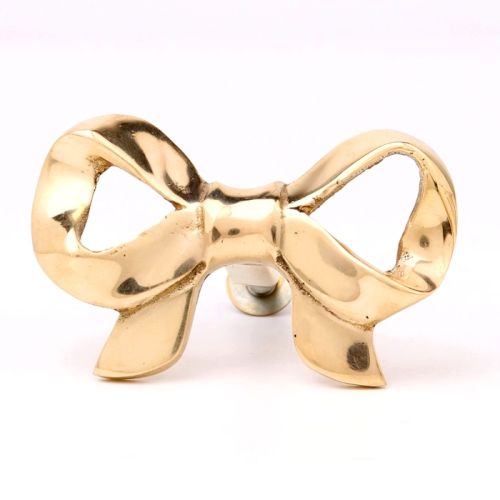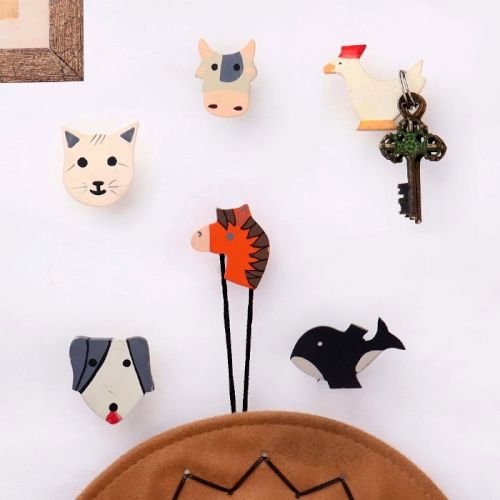Behind the Frame: A Complete Guide to Film Posters, Their Art, Meaning, and Display
Film posters are visual conversations. They function like a cinematic whisper—bold, brief, but lasting. Designed not just to sell but to spark curiosity, a poster condenses the entire spirit of a film into a single frame. Through orchestrated visuals, expressive typography, and tonal color palettes, it embodies the first emotional handshake between the film and its audience. These posters are more than publicity; they’re emotional blueprints. Be it a clutter of chaos for an action film or a quiet negative space for a slow-burn drama, every design choice reflects a decision in storytelling. They exist at the intersection of marketing, narrative, and memory.
What Is A Film Poster?
A film poster is a framed story. It's a stylized window into the universe a film is about to unfurl. Typically printed in vertical format, it blends photography, illustration, graphic design, and typography. But beyond its physical form, a film poster is a psychological cue—it tells us how to feel before we even know the plot. The texture of the paper, the contrast in the hues, the placement of characters—each element orchestrates an anticipatory emotional note. It's an artifact of cinematic branding that acts both as a promotional tool and a collectible. Whether hung on city walls or saved in archives, it carries the aesthetic DNA of its time. In short, a film poster is not just a promotional sheet—it's a visual haiku, translating a two-hour journey into a momentary glance.
What Does A Film Poster Aim To Capture Or Convey?
A film poster captures atmosphere before storyline. It's not about spoilers, it’s about spirit. Mood, tone, rhythm—these are the invisible layers a good poster wraps in visible design. It conveys the temperature of the film: cold and clinical? Warm and chaotic? Through visual motifs like lighting, negative space, color gradients, facial expressions, posture, and compositional symmetry, the poster breathes without speaking. The aim is sensory memory—to make the audience feel before they even think. Whether evoking nostalgia, thrill, or dread, the poster becomes a psychological handshake with its viewers. Good posters don’t shout; they echo. They hint at genre without locking into cliché. They tease character without giving the face away. They don’t just advertise—they anticipate. In doing so, they transform from mere media to memory triggers. You may forget the trailer. The poster? It lingers.
What Are The Different Types Of Film Posters (E.g., Concept Art, Teaser Posters, International Variants)?
Film posters aren’t singular—they're layered executions of the same visual thesis. Each type plays its own narrative role in the timeline of a film’s promotion. Teaser posters come first—minimalist, often abstract, relying on symbols, silhouettes, or single words. They’re emotional breadcrumbs. Concept art posters are painterly or digitally rendered visuals that don’t follow traditional studio polish. They echo artistic intent more than commercial appeal—think film festivals or director showcases. Character posters isolate each lead, giving identity to every arc within the story. International variants adapt for culture—altering color schemes, posture, or even taglines to resonate across borders. Then there are theatrical posters, which usually mix ensemble cast, credits, and final design language into a singular, polished layout. Vintage reprints and fan posters also add to the mythology. Each type is not just a variant; it’s a tone-shift that expands the story’s atmosphere beyond the screen.
Techniques & Tools of Film Posters
Film posters are crafted artworks—half billboard, half whisper. Their anatomy thrives on layout, scale, negative space, and symmetry, but their soul lives in concept, tension, and typography. Cinematic posters borrow heavily from compositional rules: the rule of thirds, chiaroscuro light play, juxtaposition, and iconic silhouette usage. Graphic designers lean into layer masking, photo manipulation, and textured blending. Fonts are chosen for voice—serif for drama, sans-serif for thrillers, handwritten for indies. Poster designers work with mood boards, genre codes, and trailer cues. The ultimate tool isn’t software—it’s rhythm. When a poster breathes with the film's heartbeat, it transcends function.
How Do You Create A Film Poster Correctly?
Start with the film’s pulse—genre, tone, emotional trajectory. Then, move to mood. A poster doesn’t showcase the film; it teases its essence. The first step is concept drafting—rough thumbnails exploring layout, hierarchy, and flow. Focus on narrative arc through imagery. The protagonist’s expression, posture, or absence must whisper the central question. Use grids to structure visual tension, foreground the main subject using sharp focus or light contrast. Digital tools like Photoshop and Illustrator assist in merging layers, effects, and type treatments. Typography should carry subtext: horror bleeds, romance breathes, noir disappears into shadows. Color grading matches the film’s palette—sepia for nostalgia, neon for chaos. Texture—grain, scratches, or overlays—adds life. A correct poster doesn’t scream. It draws you in, frame by frame, glance by glance. It should work at 10 feet and 10 inches. And finally, always print a mockup. Let light, scale, and silence speak before the world sees it.
What Materials Are Used For Film Posters (Print Types, Paper Textures, Digital Tools)?
Materials matter—because touch translates memory. For physical posters, matte-coated paper gives a soft, cinematic finish ideal for dramas and indie films. Glossy stock shouts—perfect for action, musicals, or franchises. Silk finishes walk the middle ground, giving a smooth, soft glow without reflective shine. When it comes to specialty stock, recycled kraft papers work for period films or rustic indie visuals, while textured linen or canvas prints elevate historical or art-house releases. For digital work, Adobe Creative Suite is the industry standard—Photoshop for pixel detail, Illustrator for crisp vector graphics, and After Effects for motion posters. Digital brushes simulate dust, smoke, grain, or ink bleed to give depth. Texture overlays replicate old print aesthetics—faded edges, fold lines, or halftone dots. High-res photography, cinematic LUTs, and bold masking tools shape the modern poster’s backbone. Ultimately, the right material isn’t just about cost—it’s about narrative tactility.
How Do You Choose The Right Film Poster Style Or Technique For Your Subject?
It begins with a question: what is the feeling that lingers after the film ends? That residue becomes your style compass. A coming-of-age story might lean into pastel gradients, natural grain, and handwritten fonts. A psychological thriller might prefer deep shadows, abstract imagery, and split compositions. Historical films call for vintage textures, serif-heavy typography, and desaturated palettes, while sci-fi leans into chrome accents, glitch effects, and neon hues. Understand the film’s mise-en-scène—the framing, pacing, and silence—then echo it visually. Sometimes the absence of a face says more; sometimes an object in isolation delivers impact. Poster styles—minimalist, illustrated, collage, typographic—aren’t trends, they’re languages. Match subject with visual dialect. A romantic tragedy may need brushstroke illustrations or water-stained motifs. A comedy? Symmetry, bold sans fonts, and primary colors. Always storyboard your ideas. Test contrast. Play with hierarchy. And remember: the poster isn’t the film—it’s the echo that travels beyond the theatre.
Purchase & Options of Film Posters
A film poster is more than a promotional print—it's a tactile slice of cinema history. Each poster carries the graphic spirit of a narrative, composed with deliberate negative space, type treatments, and focal balance. Whether it's a vintage offset print or a contemporary giclée reproduction, the paper stock, finish (matte or gloss), and framing make all the difference. Cinephiles seek both screen-used originals and reissues that preserve color fidelity. From minimalist to maximalist, posters are curated by collectors not just for decoration but for their emotional recall. A film poster is a mood board, a story capsule, a visual homage.
Where Can You Buy Quality Film Posters Or Poster Prints?
Quality film posters are found where passion meets preservation. For authentic originals, explore curated galleries like Posteritati, Cinemasterpieces, or The Movie Poster Shop, where provenance and printing technique (e.g., lithograph, silk-screen) are transparently listed. Online marketplaces such as IndianShelf, eBay, Etsy, and 1stDibs offer both vintage and reprint options—though discerning the difference is essential. Art print houses like Mondo, Bottleneck Gallery, or Vice Press specialize in limited-edition screen prints, often in collaboration with illustrators and licensed studios, offering premium quality and collectible value. If affordability is key, mainstream platforms like Redbubble, Society6, and Displate cater to modern reinterpretations and fan art. Brick-and-mortar options include indie bookstores, festival booths, and flea markets—ideal for rare or out-of-print gems. Always check print type (offset, digital, giclée), size, and archival paper specs before purchase. True quality lies in detail: alignment, color separation, and ink texture mark the difference between a cheap poster and a cinematic heirloom.
Comparison of Film Posters
Film posters are tactile gatekeepers of cinematic essence—designed with layered composition, visual metaphors, typography, and emotional temperature. They narrate a film's heartbeat using color psychology, lighting contrast, and iconography. Every fold, smudge, and layout decision is curated to hold space on walls, streets, or memory. A poster is architecture in still form—a promise of story, emotion, and immersion. It's not just visual seduction but also historical residue. While digital art evolves, the poster remains a rooted artefact—often a collectible, a statement, a frozen silhouette of cinematic time, crafted with aesthetic intuition and genre-conscious stylization.
Film Posters Vs Digital Thumbnails: What’s The Difference?
The core difference lies in intent and design behavior. A film poster is a narrative tableau—a portrait that breathes symbolism, crafted with cinematic typography, composition rules (like the Rule of Thirds), and emotional layering. It's designed for vertical readability, visual pause, and viewer immersion. Texture is deliberate—grain, vignette, or matte filters often echo the film's tone.
In contrast, a digital thumbnail is a functional hook—optimized for attention economy on scrolling feeds. It plays by YouTube-era rules: compressed size, bold faces, saturated colors, click-worthy titling, and harsh lighting contrast. It’s not about storytelling but conversion. It’s responsive design, not artistic storytelling.
Where posters are framed art, thumbnails are utility. One slows you down; the other rushes you in. The former is cinematic seduction; the latter is algorithmic persuasion. Both demand visual intelligence—but they live in different speeds, spaces, and viewer expectations.
Creative Use & Aesthetics of Film Posters
Film posters aren't merely promotional tools; they are visual memoirs — bold, symbolic, and layered with cultural resonance. When stripped from their commercial intent and placed within living spaces or artistic compositions, they become storytellers. From hand-painted classics to minimal modern renditions, these prints hold a powerful design language. The juxtaposition of typography, character silhouettes, textured palettes, and emotional gradients gives them a striking compositional balance. Whether framed with matte borders or used raw with curled edges, they echo the aesthetic of nostalgia, rebellion, romance, or psychological depth — making them tactile mood boards, frozen in cinematic time.
What Are Some Creative Uses Of Film Posters In Home Decor Or Art Projects?
Film posters can metamorphose a mundane space into a thematic haven. In home decor, curating posters in a gallery wall layout—sorted by genre, era, or color tones—adds narrative coherence and rhythm to interiors. A vintage noir poster paired with warm filament lighting, or a surrealist sci-fi piece flanked by industrial furniture, can shape the mood of a room. Think of a Kubrick piece in grayscale above a writing desk, or a vibrant Bollywood print in a hallway—each becomes a portal. In art projects, posters can be reimagined into collages, découpaged onto furniture, or reinterpreted in mixed media. Some slice them into geometric patterns, allowing typography to merge with unrelated visuals, creating a hybrid between homage and reinvention. Their use isn’t static—they can be folded, layered, weathered, or distressed for texture, turning a familiar pop culture symbol into an emotionally charged installation. Through intentional styling, posters shift from passive prints to active storytelling anchors.
Frequently Asked Questions (FAQs)
What Are Film Posters Used For?
Film posters act as visual preludes. They’re not just promotional tools but emotional catalysts—vessels that hold the mood, genre, and spirit of a film within a single frame. Whether it’s a character-heavy close-up or a wide-angled composition laced with typography, posters cue anticipation and generate conversation. Historically plastered on theatre walls or street-side panels, today they migrate into private spaces—bedroom walls, studio corners, or creative dens—becoming totems of personal taste or nostalgia. Posters introduce the film’s palette, emotional arc, and promise. A well-designed poster often functions like a good trailer—stripped of motion but layered with stillness and intrigue. It offers enough space for imagination while anchoring identity. Even outside of marketing, posters hold weight—they’re collected, debated, reinterpreted, and archived. From limited-edition screen prints to high-gloss studio prints, film posters are now stylized evidence of a film’s temporal and cultural footprint.
What Surface Or Print Type Is Best For Film Posters?
Choosing the right surface or print type is a tactile decision. Glossy finishes elevate saturation, bringing vibrancy to color-dense posters—ideal for action or animated genres. Matte, on the other hand, leans toward sophistication, softening glare and favoring portraits, indie films, or noir aesthetics. For textural richness, giclée prints on archival paper offer durability and depth—favored by collectors and galleries. Silk screen printing gives grain and texture, each layer revealing hand-pulled imperfection and charm. Posters with a canvas backing carry a painterly vibe—ideal for classic or vintage reissues. UV-coated prints resist fading, especially in sun-lit rooms. Consider the poster's environment: high humidity needs protective lamination; bright rooms need anti-glare finishes. Ultimately, the surface isn’t just for protection—it dictates how the design breathes, absorbs light, and interacts with the room around it. It becomes part of the viewing experience, quietly amplifying or tempering the narrative it contains.
Can Film Posters Be Preserved Without Fading Or Damage?
Preserving film posters demands an understanding of both environment and material. Acid-free archival sleeves and frames with UV-protected glass are non-negotiable if longevity is the aim. Direct sunlight, fluctuating humidity, and dust are silent destroyers—gradually dulling vibrancy and curling edges. Rolled storage in a sturdy poster tube helps, but flat storage under weight is even better, especially for delicate prints. Avoid sticky adhesives—opt for corner mounts or hinge-free frames. Use cotton gloves while handling vintage pieces to avoid oil transfer. Posters mounted on foam boards using archival-quality adhesives prevent warping. For collectors, climate-controlled rooms add assurance. DIY hacks like sandwiching between heavy books or using baking parchment as a buffer between posters can work for temporary fixes. Preservation isn’t passive—it’s as much about honoring the narrative the poster carries as it is about maintaining ink and paper. A pristine poster isn't just a print—it’s a frozen story, intact.
Are Film Posters Permanent Or Do They Age Over Time?
All posters age—whether gracefully or deterioratively depends on material, environment, and care. Printed ink on paper is, by nature, ephemeral. With time, even untouched posters will show patina: yellowing edges, softened contrast, curling corners. But there’s poetry in that aging too—it’s memory aging in visual form. Posters made using screen printing or on archival paper age better, often acquiring a tactile charm—like vinyl crackle in a song. Museum-quality framing can pause decay, but can’t stop it entirely. Environmental exposure—light, air, humidity—is constant. That said, aging doesn't always diminish value. In the collector’s world, slight wear adds character, proof of a poster's journey. But improper care—folds, tape marks, moisture stains—can cause irreparable damage. Posters aren’t immortal objects, but their appeal often deepens with time. They shift from promo material to cultural residue, marking an era not just through visuals but through how they wear and whisper.
What Type Of Poster Art Is Best For Moody Tones Or Vivid Highlights?
Moody tones ask for tonal precision—poster art here leans into chiaroscuro, desaturation, and minimal color palettes. Think charcoal gradients, muted blues, and textural blacks. High-contrast monochrome or duotone prints thrive in psychological thrillers, dramas, or noir films. Hand-drawn textures, soft brushstrokes, or grain filters elevate the emotion. On the other end, vivid highlights require bold layering—neon, retro-futuristic palettes, or saturated inks like CMYK silkscreening. Pop art-inspired posters or collage-style visuals suit comedies or genre-defying indies. Varnish overlays add gloss to key areas—eyes, weapons, logos—making details pop. Posters built on visual contradiction—light meets dark, sharp meets blur—offer the most emotional pull. Typography plays a defining role too; thin serif fonts for melancholia, bold sans-serifs for kinetic energy. Ultimately, moody or vibrant doesn’t rest only on color—it rests on design rhythm. Every poster is a visual tone poem, tuned for emotional frequency.
Are Poster Design Techniques Universal Across All Genres?
Poster design is genre-sensitive. Techniques stretch across fundamentals—composition, contrast, hierarchy—but adapt based on narrative tone. A romantic drama may favor close-up portraits, warm lighting, and soft fonts, while a horror poster bends toward asymmetry, stark lighting, and negative space. Genre conventions dictate focal points: sci-fi leans on scale, thriller on shadows, comedy on exaggerated expressions. Typography changes: blocky and distressed for action; handwritten or script for indie films. Color psychology plays a pivotal role—pastels for whimsy, greys for suspense, reds for urgency. Even white space becomes a tool—used sparingly in action but liberally in arthouse. While the core grammar—rule of thirds, contrast balancing, visual flow—remains intact, the styling dialect changes with the genre. The strongest poster designs respect narrative specificity and use genre not as constraint, but as guide. Technique is universal, yes—but expression must remain fiercely contextual.
What Is The Cultural And Historical Significance Of Film Posters In Cinema Traditions?
Film posters are not mere marketing material—they're visual artifacts echoing the cinematic evolution of culture. From hand-painted Bollywood street posters to minimal Polish surrealist designs, posters reveal not just what was made, but how it was perceived. They mark shifts in visual language—Art Deco flourishes in the 1920s, punk collage in the 1980s, and digital surrealism in the 2000s. Posters also reflect politics: propaganda, rebellion, censorship, or revolution—imbued within typography, color, and pose. Regional aesthetics—from Japanese woodblock inspirations to Italian high drama—shape poster identity. In Hollywood’s golden age, poster art defined a star’s public image; in contemporary cinema, it often serves as fan memorabilia. These prints are stitched into memory, emotion, and identity. Beyond promotion, they’re vessels of mood, genre, ideology, and artistry. To understand cinema’s history, look not just at reels—but at the paper that promoted them.
How Can You Clean, Preserve, Or Frame Film Posters Using Simple Or Traditional Tips?
Simplicity works best for care. To clean, avoid moisture—use a dry, soft-bristle brush to gently lift dust. For marks, a white eraser (non-abrasive) can help, but testing on a corner is wise. For preservation, acid-free backing boards and archival plastic sleeves are your allies. Avoid tape—especially the regular kind; it's a silent killer of corners and ink. Traditional Indian or Japanese scroll-mounting techniques can elevate aesthetic value, blending display with heritage. For framing, opt for UV-resistant plexiglass and wood with a backboard seal to prevent humidity infiltration. Use spacers so the poster doesn’t touch the glass. Frame size should allow breathing room—crowding the edge compresses impact. Hang away from direct sunlight and heat vents. For vintage posters, consult a paper conservator for restoration advice. Minimal intervention, maximum respect. The goal isn’t just to display—it’s to hold the story still, without distortion or decay.
How Do Different Poster Styles Set The Mood Or Emotion Of A Film?
Poster styles whisper tone before dialogue even begins. Flat minimalism—think pastel backdrops and centered objects—hints at introspection, coming-of-age, or existential dramedies. Maximalist designs with chaotic collages scream satire or dark comedy. Symmetry offers order and control, often used in historical dramas or epics. Asymmetry signals tension, imbalance—hallmarks of thrillers and horrors. Typography alone shifts mood: serif fonts exude classicism or fragility; sans-serif fonts pulse with modernity or defiance. Color is mood’s backbone—sepia for nostalgia, neon for rebellion, grey for unease. Photographic realism versus stylized illustration drastically changes perception. A montage implies movement and ensemble; a close-up implies intensity. Shadow play, negative space, framing—all become emotional cues. Each design choice, conscious or subtle, is a micro-script—prepping the viewer’s emotional landscape before a single frame unspools. Poster mood isn't decor—it's prelude, performed in paper.
How Can Film Posters Complement Room Decor, Wall Colors, Or Framing Aesthetics?
Film posters bridge storytelling and styling. In neutral-toned spaces, posters can be visual accents—splashes of narrative color against monochrome walls. For moodier interiors—charcoal, navy, forest green—black-and-white or noir-toned posters heighten drama. Choose frames that echo your aesthetic: walnut wood for vintage charm, black metal for modern minimalism. Gallery walls benefit from mixed sizes and uniform color schemes; solo posters shine best with ample wall space. Large-format posters serve as centerpieces, while A4-sized prints nestle beautifully in layered shelf displays. Backlighting or spotlighting enhances visual pull, especially for darker-toned posters. Poster selection can also guide palette—pick tones from the art and reflect them in cushions, rugs, or curtains for cohesion. In creative spaces, posters become identity markers; in living areas, conversation starters. They're more than wall decor—they’re curated echoes of personal taste, cultural memory, and design intent.
Can Film Posters Be Used As Thoughtful Gifts For Special Occasions Or Housewarmings?
Absolutely. A well-chosen film poster is a deeply personal, story-infused gift—far from generic. Select posters tied to shared memories: a cult film watched on repeat, a first cinema date, or a genre that defines the recipient’s mood board. Framed editions elevate the gesture; vintage reprints or artist-signed versions add rarity. For new homes, posters become emotional anchors—adding personality to blank walls. Pairing the poster with thematic items—bookmarks for a literary adaptation, tea for a cosy classic—builds a layered gift. Customizing the frame to match the receiver’s decor taste makes it intimate. Unlike store-bought trinkets, posters carry soul—they’re layered with narrative, aesthetic, and sentiment. They're not just objects to look at; they’re chosen fragments of stories to live with. Gifting one is like offering a scene—wrapped and waiting to be unrolled on someone else’s wall.
What Are Some Unique Styling Tips Or DIY Hacks For Displaying Film Posters Creatively?
Think beyond frames. Use bulldog clips and jute string for an industrial, raw-edge look. Washi tape or fabric borders offer a soft, crafty appeal. Mount posters on canvas boards using spray adhesive for a textured, frameless presentation. For vintage aesthetics, try wooden hangers or scroll-mount techniques—blending East Asian elegance with cinephile charm. Combine posters with other media—vinyl records, postcards, or film scripts—to create a thematic collage wall. Shadowboxes work beautifully for pairing posters with movie memorabilia—tickets, props, or quotes. Layering different sized posters creates dimensionality; try overlapping at corners or tilting frames asymmetrically. If short on wall space, rotate posters seasonally using a clip-frame system. Even lighting matters—fairy lights or backlit frames can completely shift mood. Styling isn’t about display alone—it’s about how a poster lives, breathes, and interacts with the room. Let the wall become a cinema of memory, not just a background.
More in Wall Art - Thangka Paintings | Vintage Photos | Film Posters | Buy Pichwai Paintings



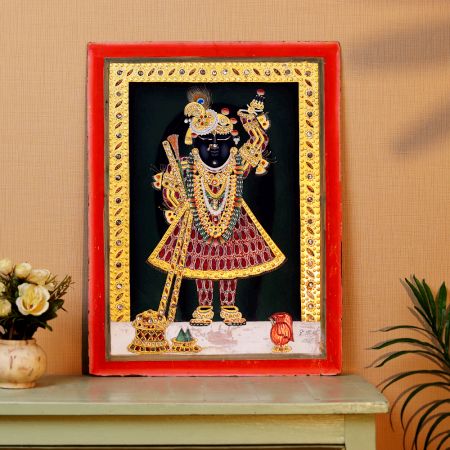

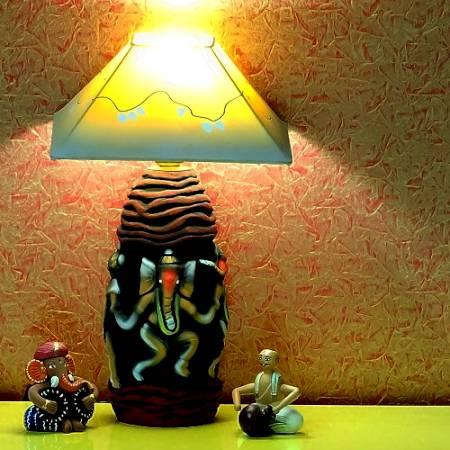


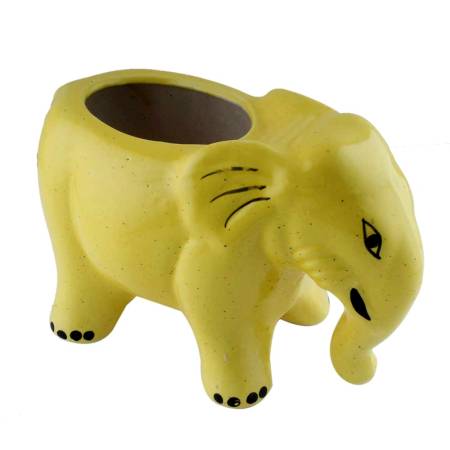
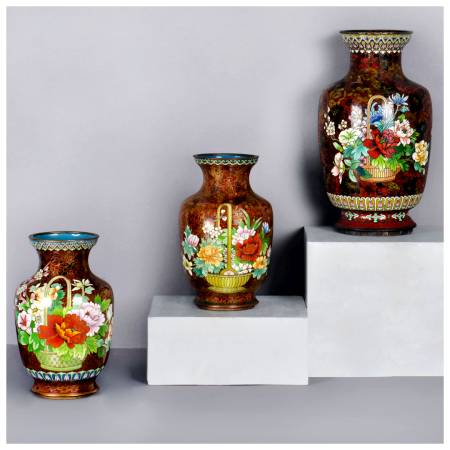
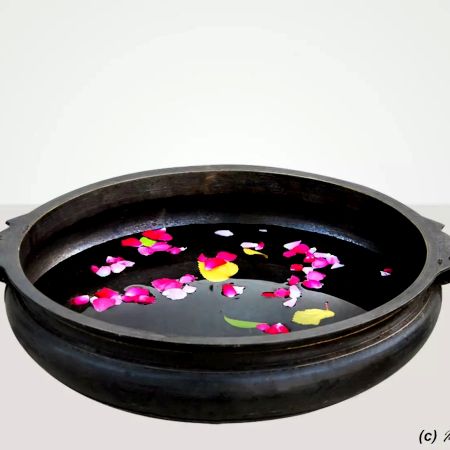

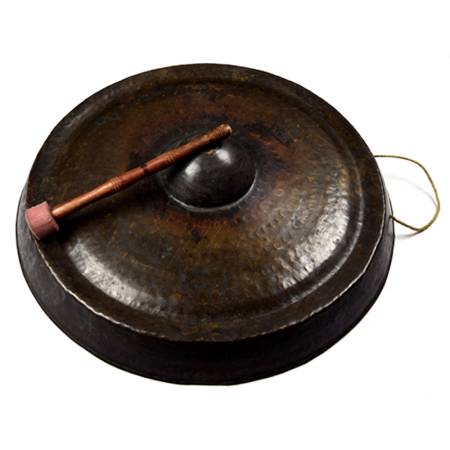


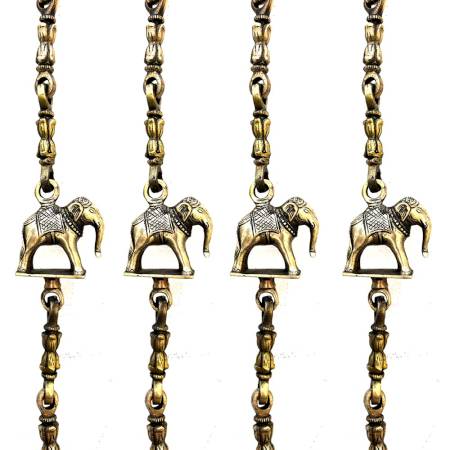
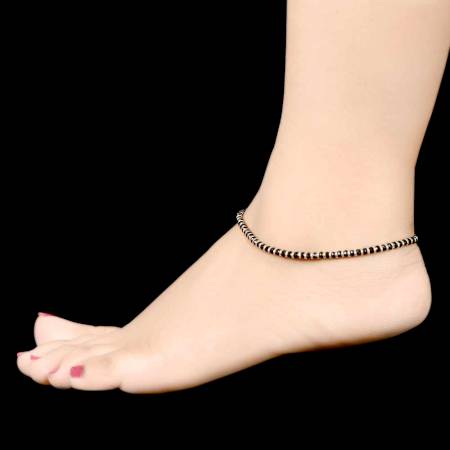
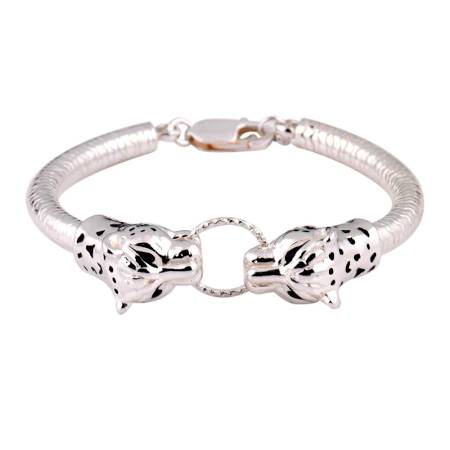
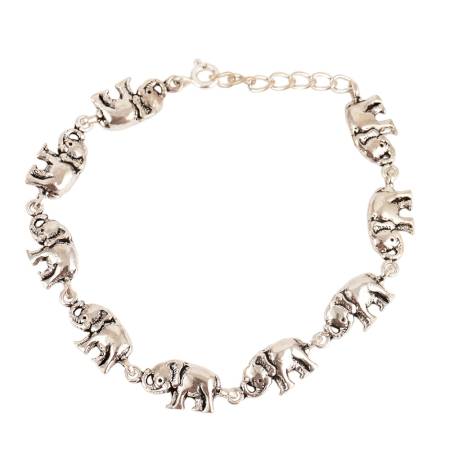
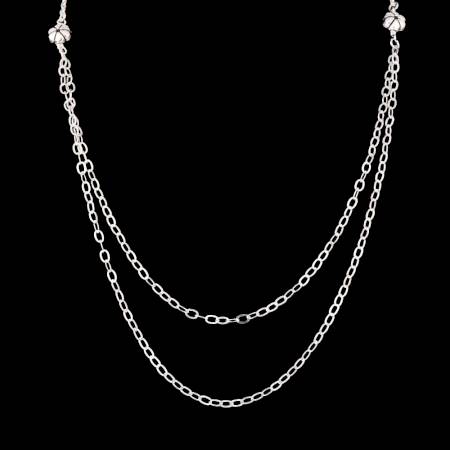
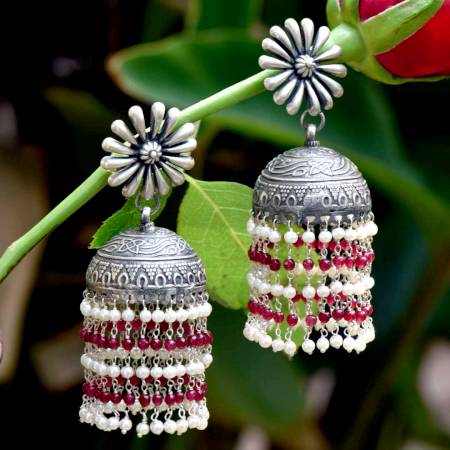
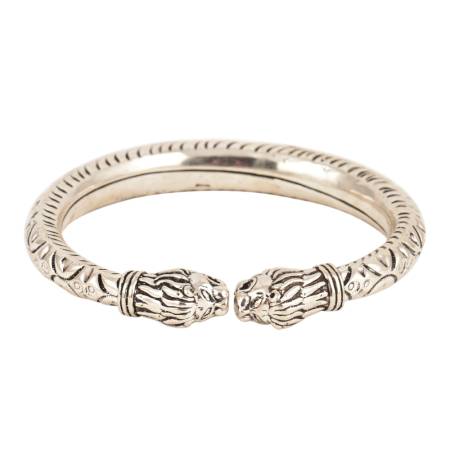
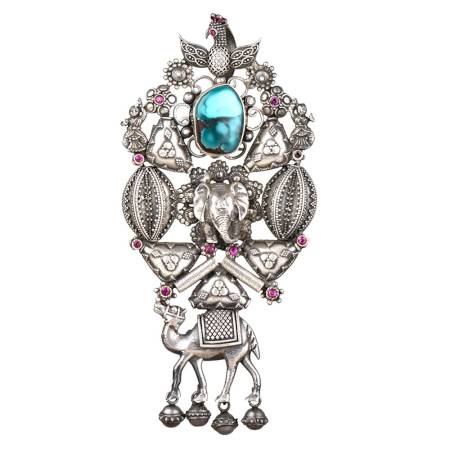
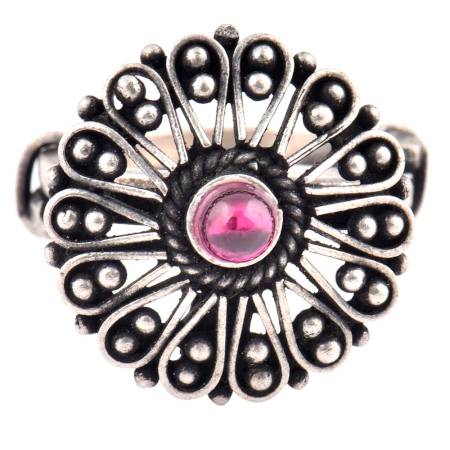
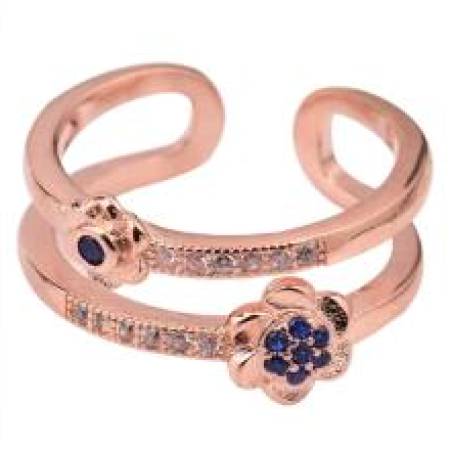


















.jpg?ver=1.7)
.jpg?ver=1.7)
.jpg?ver=1.7)
.jpg?ver=1.7)
.jpg?ver=1.7)
.jpg?ver=1.7)
.jpg?ver=1.7)
.jpg?ver=1.7)
.jpg?ver=1.7)
.jpg?ver=1.7)
.JPG?ver=1.7)
.jpg?ver=1.7)
.jpg?ver=1.7)
.jpg?ver=1.7)
.jpg?ver=1.7)
.jpg?ver=1.7)
.jpg?ver=1.7)
.jpg?ver=1.7)
.jpg?ver=1.7)
.jpg?ver=1.7)
.jpg?ver=1.7)
.jpg?ver=1.7)
.jpg?ver=1.7)
.jpg?ver=1.7)
.jpg?ver=1.7)
.jpg?ver=1.7)
.jpg?ver=1.7)
.jpg?ver=1.7)
.jpg?ver=1.7)
.jpg?ver=1.7)
.jpg?ver=1.7)
.JPG?ver=1.7)
.JPG?ver=1.7)
.JPG?ver=1.7)
.JPG?ver=1.7)
.JPG?ver=1.7)
.JPG?ver=1.7)
.JPG?ver=1.7)
.jpg?ver=1.7)
.jpg?ver=1.7)
.jpg?ver=1.7)
.jpg?ver=1.7)
.jpg?ver=1.7)
.jpg?ver=1.7)
.jpg?ver=1.7)
.jpg?ver=1.7)
.jpg?ver=1.7)
.jpg?ver=1.7)
.jpg?ver=1.7)
.jpg?ver=1.7)
.jpg?ver=1.7)
.jpg?ver=1.7)
.jpg?ver=1.7)
.jpg?ver=1.7)
.jpg?ver=1.7)
.jpg?ver=1.7)
.jpg?ver=1.7)
.jpg?ver=1.7)
.jpg?ver=1.7)
.jpg?ver=1.7)
